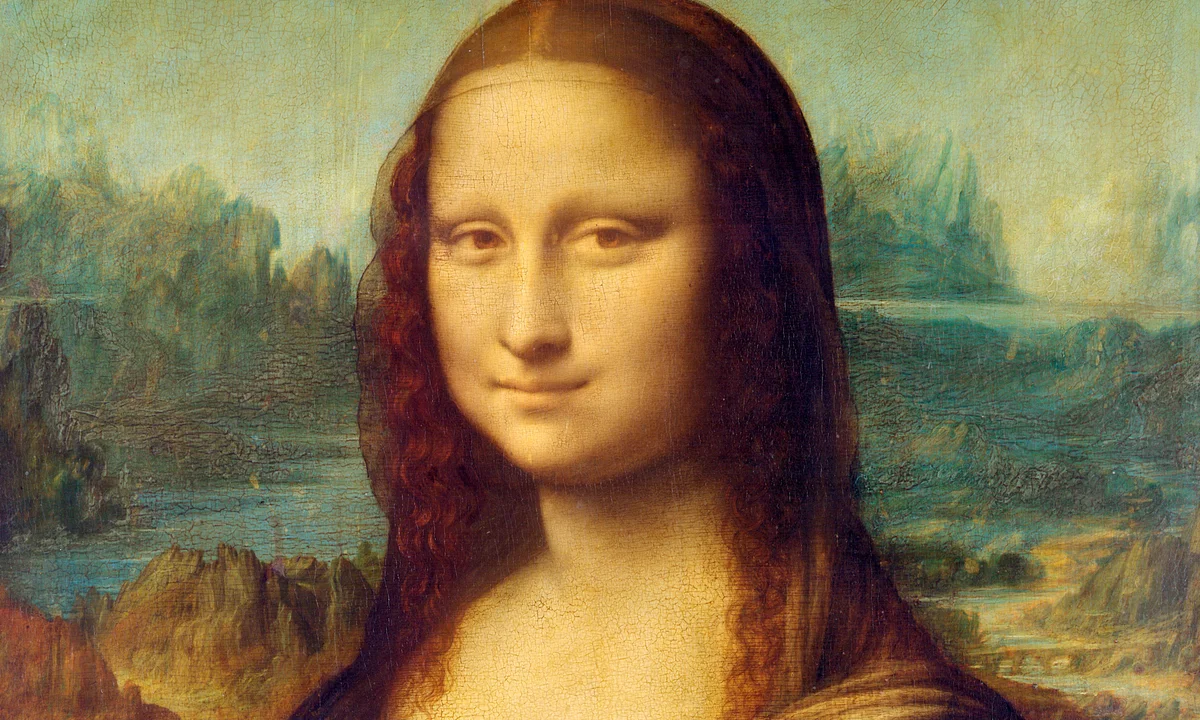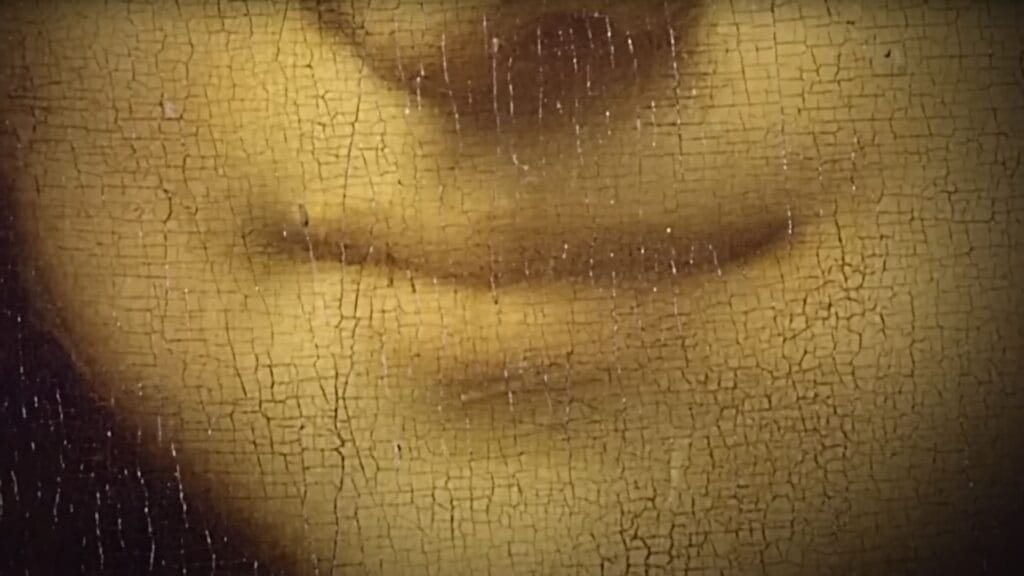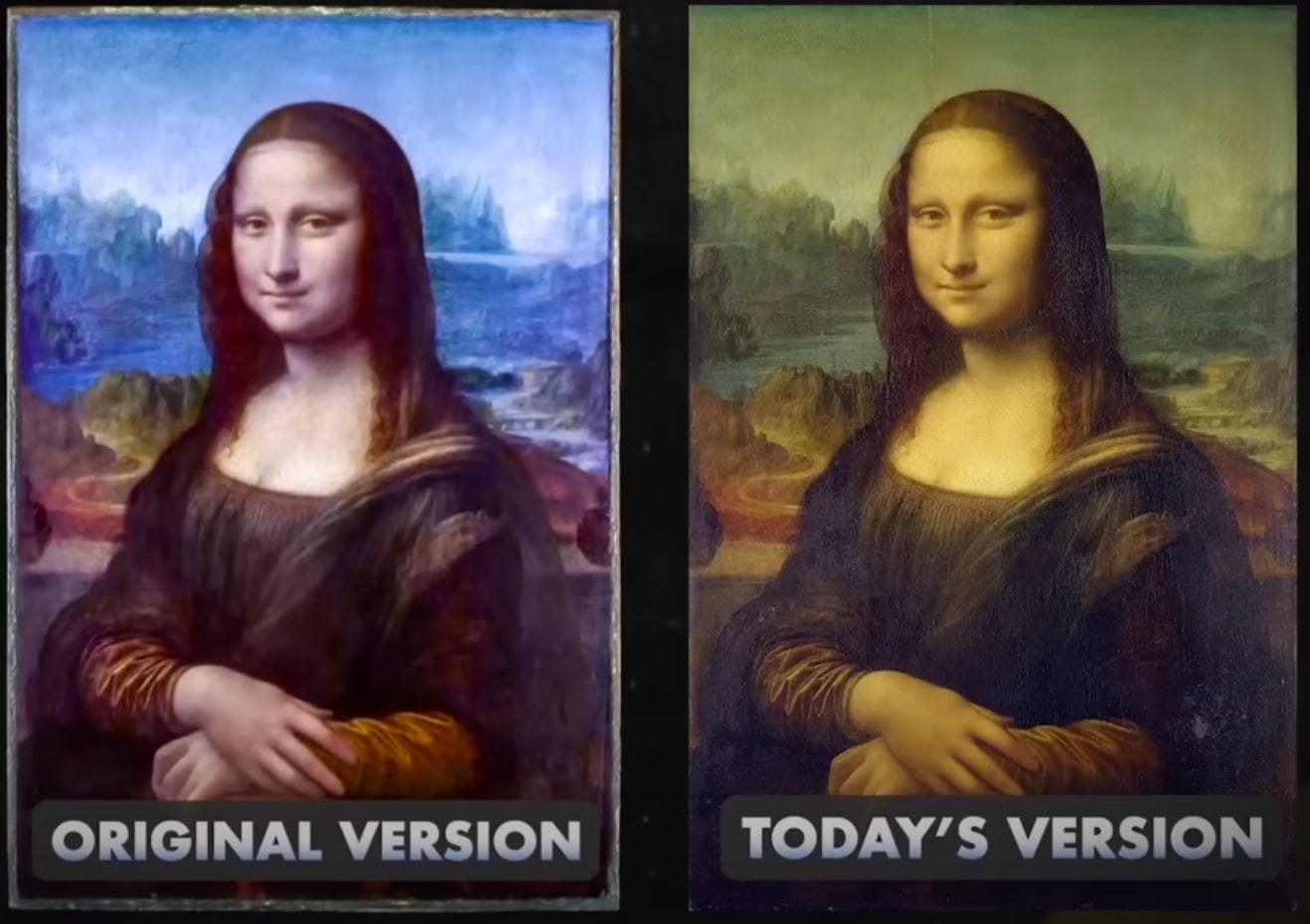
Hidden Secrets of the Mona Lisa: Mystery Behind the World's Most Famous Painting
The Mona Lisa, painted by Leonardo da Vinci around 1503, stands as a symbol of art and mystery. Valued today at nearly $1 billion, it’s more than just a painting—it’s an enigma. From her famous smile to the rumours about her identity, the Mona Lisa has captivated millions. But why is this portrait so celebrated, and what secrets does it hold? Let’s dive into the mysterious layers of the Mona Lisa to uncover its fascinating secrets.

Secrets behind the Woman in the Mona Lisa?
The identity of the Mona Lisa’s subject has intrigued historians for centuries. Italian artist Giorgio Vasari, who documented Leonardo’s life, first claimed in 1550 that the woman was Lisa Gherardini, the wife of a wealthy silk merchant, Francesco Giocondo. This theory has since gained credibility, with evidence found in Italian archives proving a connection between da Vinci’s family and the Giocondos. This led to her name “Mona Lisa,” derived from the Italian “Madonna Lisa” (Lady Lisa). After marriage, she became “La Gioconda” (the joyful one), which matches her subtle, mysterious smile.
However, alternative theories persist. Some claim that Leonardo painted himself as a woman, while others suggest the painting could be of a noblewoman or even Leonardo’s mother. Artist Lilian Schwartz even used digital analysis in the 1980s, finding resemblances between Leonardo’s face and the Mona Lisa. Despite this, the theory of Lisa Gherardini remains the most widely accepted.

Why Is the Mona Lisa in France?
One of the Mona Lisa’s most fascinating aspects is her enigmatic smile. Leonardo da Vinci achieved this effect through a painting technique called sfumato, where he blended colors and edges so subtly that the viewer perceives different expressions depending on where they look. If you focus on her eyes, her smile seems more pronounced. When looking directly at her mouth, however, the smile appears to fade. Leonardo, an expert in anatomy, studied facial muscles extensively to master this effect, giving the Mona Lisa a lifelike, yet elusive, expression.
Secrets Behind the Mysterious Smile
Although Leonardo was Italian, the Mona Lisa now resides in the Louvre in Paris, France. In 1516, Leonardo moved to France at the invitation of King Francis I and took the Mona Lisa with him. After his death in 1519, the French king kept the painting, and it eventually became part of France’s royal art collection. In 1797, following the French Revolution, it was permanently displayed at the Louvre.

Was There a Second Mona Lisa?
Interestingly, a second version of the Mona Lisa exists, known as the “Isleworth Mona Lisa.” This version was discovered in 1914 and appears to depict a younger woman with a slightly different posture. Some historians believe Leonardo may have started this earlier version as an experiment. Raphael, another famous Renaissance artist, also made a sketch resembling this alternative version, adding weight to the theory that Leonardo painted two similar portraits. However, it remains a topic of debate among art historians.
Why Was the Mona Lisa Stolen?
In 1911, an Italian nationalist named Vincenzo Peruggia stole the Mona Lisa from the Louvre, intending to return it to Italy. He managed to keep it hidden in his apartment for two years before attempting to sell it to an Italian art dealer, leading to his capture. Surprisingly, the theft greatly boosted the painting’s fame, drawing international attention. Before this event, the Mona Lisa was admired in art circles but wasn’t yet a worldwide phenomenon. The theft marked the beginning of its reputation as one of the most famous paintings in the world.
Hidden Techniques and Unique Materials
The Mona Lisa isn’t just remarkable for its composition—it’s also notable for the materials and techniques da Vinci used. Unlike most paintings of its time, it was created on poplar wood rather than canvas. Additionally, da Vinci applied layers of varnish to preserve the painting, which has led to a yellowish tint over time. Studies reveal that da Vinci experimented with optics, creating shadows that change depending on the viewer’s angle, further adding to the illusion of her “changing” smile.
The Impact of the Mona Lisa’s Fame and Value
Valued at close to $1 billion today, the Mona Lisa is considered priceless not just for its artistic merit but also for the cultural mystique surrounding it. The painting is protected by bulletproof glass and kept in climate-controlled conditions to preserve it for future generations. Many speculate that if it weren’t for the theft and Leonardo’s groundbreaking techniques, the painting may not have achieved such legendary status.
Conclusion: The Timeless Allure of the Mona Lisa
The Mona Lisa remains one of the art world’s greatest mysteries. Her identity, smile, and background all blend together in a portrait that captures the viewer’s imagination. Leonardo da Vinci poured his knowledge of anatomy, painting, and science into this small portrait, leaving an indelible mark on history. While many secrets of the Mona Lisa have been explored, new discoveries continue to arise, keeping her legend alive.

FAQs
1. Who was the woman in the Mona Lisa?
The woman is widely believed to be Lisa Gherardini, the wife of a Florentine merchant, although alternative theories suggest different possibilities.
2. Why is the Mona Lisa in France?
Leonardo da Vinci brought the painting to France when he moved there at the invitation of King Francis I. It has remained there since.
3. Why is the Mona Lisa so famous?
Its fame grew after being stolen in 1911. Additionally, Leonardo’s pioneering techniques, like sfumato, and the mysterious smile contributed to its legendary status.
4. Is there another version of the Mona Lisa?
Yes, the “Isleworth Mona Lisa,” which depicts a younger woman in a similar pose, was discovered in 1914, sparking theories that Leonardo painted two versions.
5. How does the Mona Lisa’s smile change?
Leonardo used the sfumato technique to create a shifting smile. From different angles, the smile appears more pronounced due to the blending of shadows and soft transitions.